Take a look at our Orings
Orings are moulded circular seals with a round cross section and made of rubber. These seals are commonly used to obtain static sealing between two spaces. Orings have a simple design and can be produced in various materials according to the application and usage conditions. Factors such as temperature, the type of liquid (or gas) to be sealed and pressure must be taken into account so as to choose the best material and hardness. Our Chromex team will advise you and help you find the best suited material in order to ensure high quality sealing and improve the lifetime of your equipment.
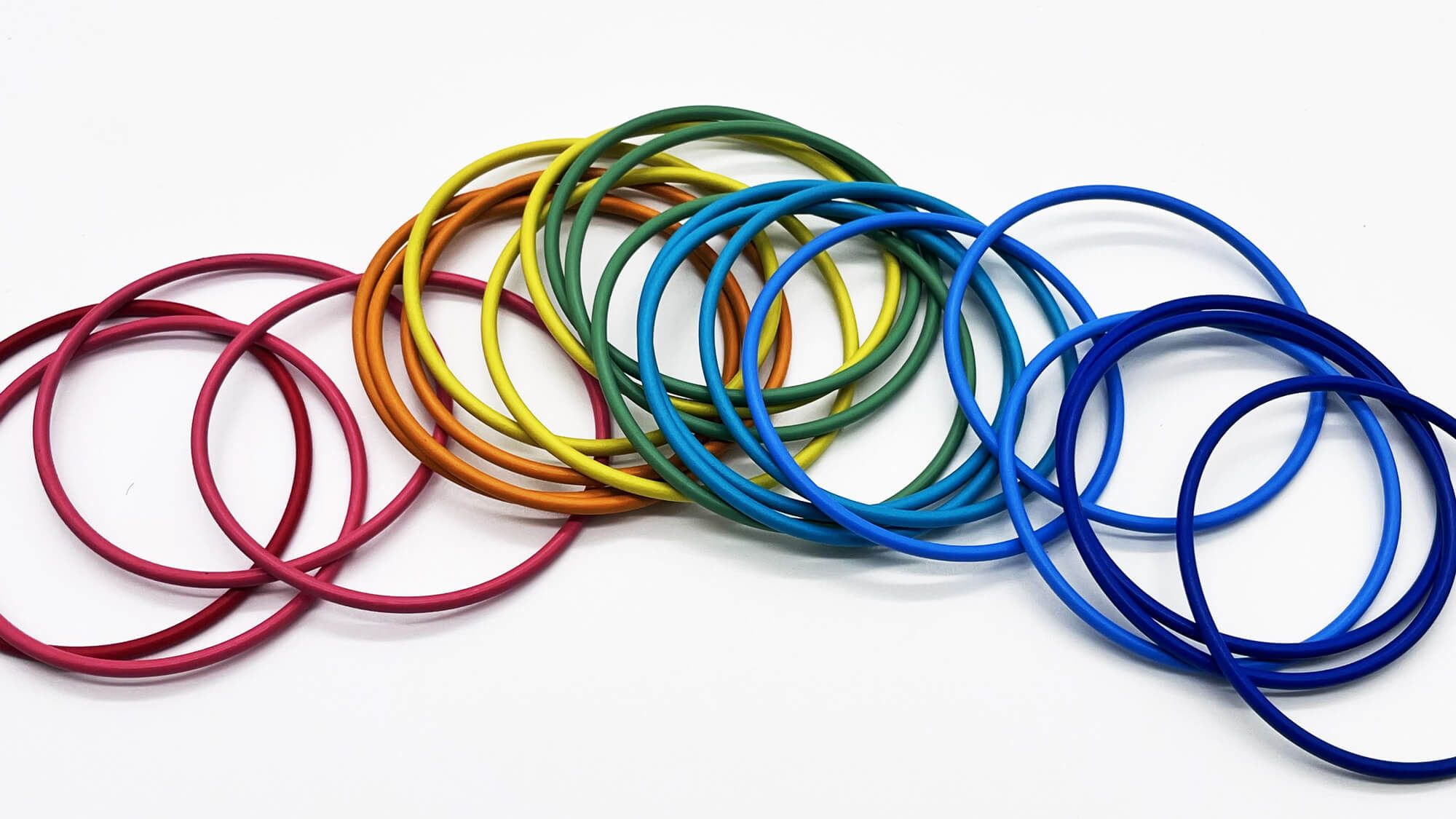
What are Orings used for ?
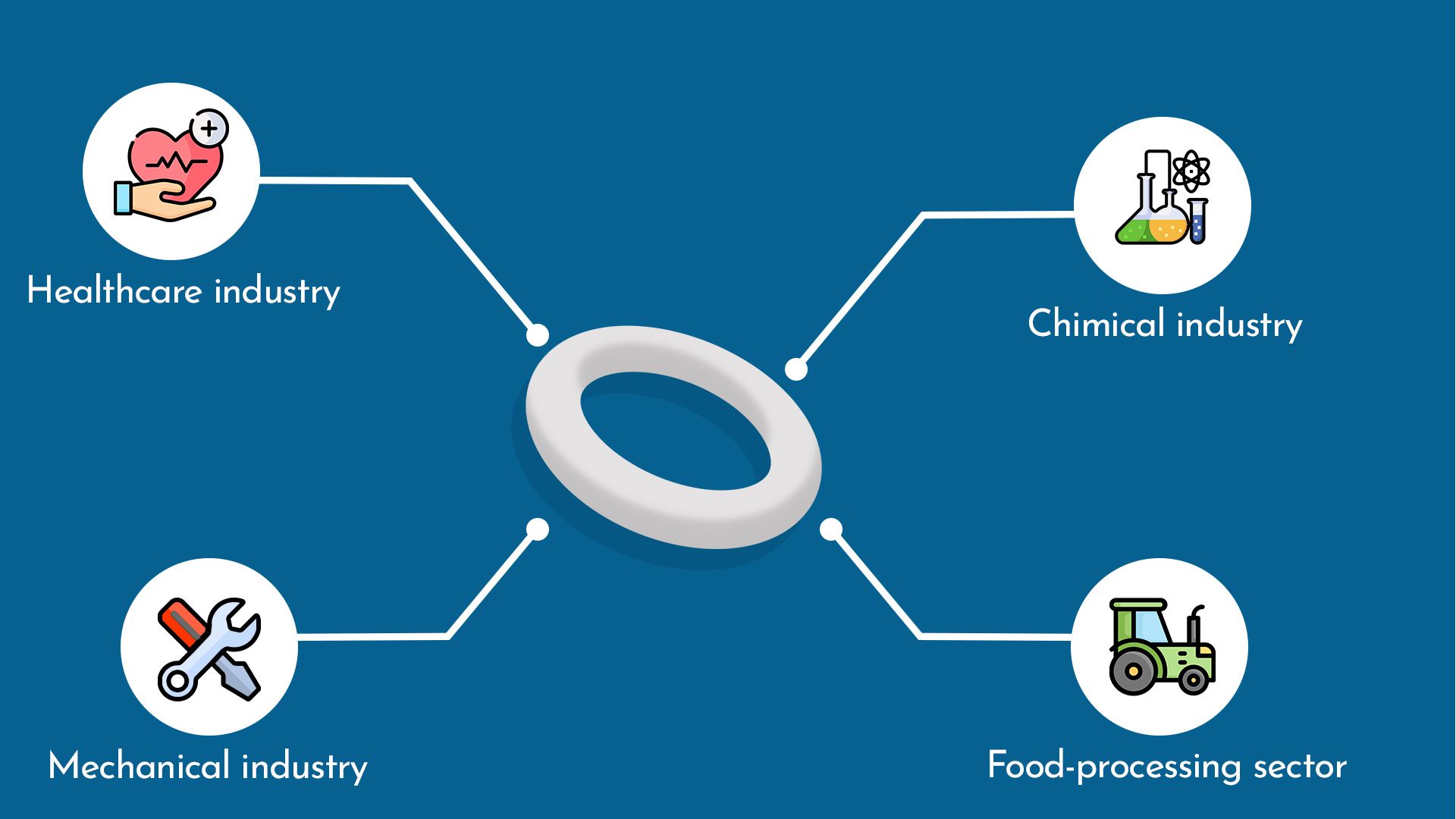
Chromex’s Orings are shaped to ensure sealing between two static areas when pressed towards each other. These seals are called O-rings because of their shape.
Orings ensure sealing within gaseous or liquid environment by being pressed and distorted in their housing. Static sealing occurs between 2 pieces with no relative motion. Thus, static sealing is the result of two motionless pieces pressed together. O-rings ensure excellent static sealing for pressure between 0 to 100 Mpa. In case of higher pressure, we can add a back-up ring depending on the conditions of use.
Chromex provides a wide range of Orings that can be used in various applications (food-, engineering-, chemical-, health/medical industry etc.). We have huge tailor-made possibilities by combining materials and hardnesses.
Existing Oring materials
Our Chromex team will help you determine the material that will fit to your applications according to your requirements. We can provide you with different types of Orings depending on your needs: deadlines, materials, size.
Elastomer/rubber Orings are the most commonly used in the industrial sealing field. The most common Oring materials are: nitrile (NBR), fluorocarbon (FKM or Viton™), ethylne-propylene-diene monomer (EPDM), silicone (MVQ), chloroprene (CR), hydrogenated nitrile (HNBR) and perfluorinated fluorocarbon (FFKM). Among all these materials, Chromex benefits from many approved ones such as drinking water (ACS, UBA, WRAS etc.) or alimentary (FDA and CE1935/2004) approved materials.
There are several processes to manufacture rubber Orings. Moulding is the most commonly used process to produce standard Orings. In case of large required dimensions, Chromex will be able to offer vulcanized seals or O-ring rope rolls.
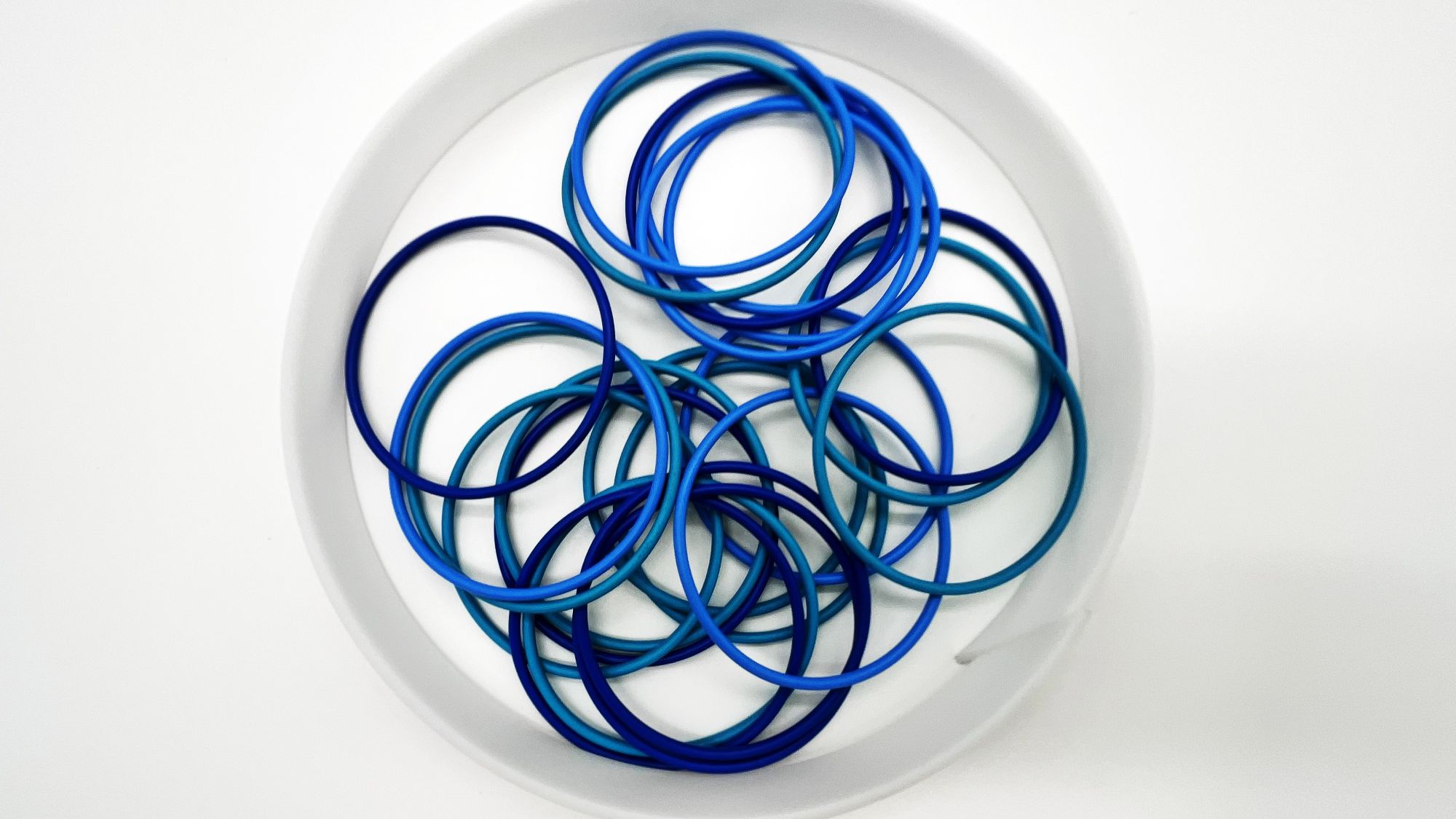
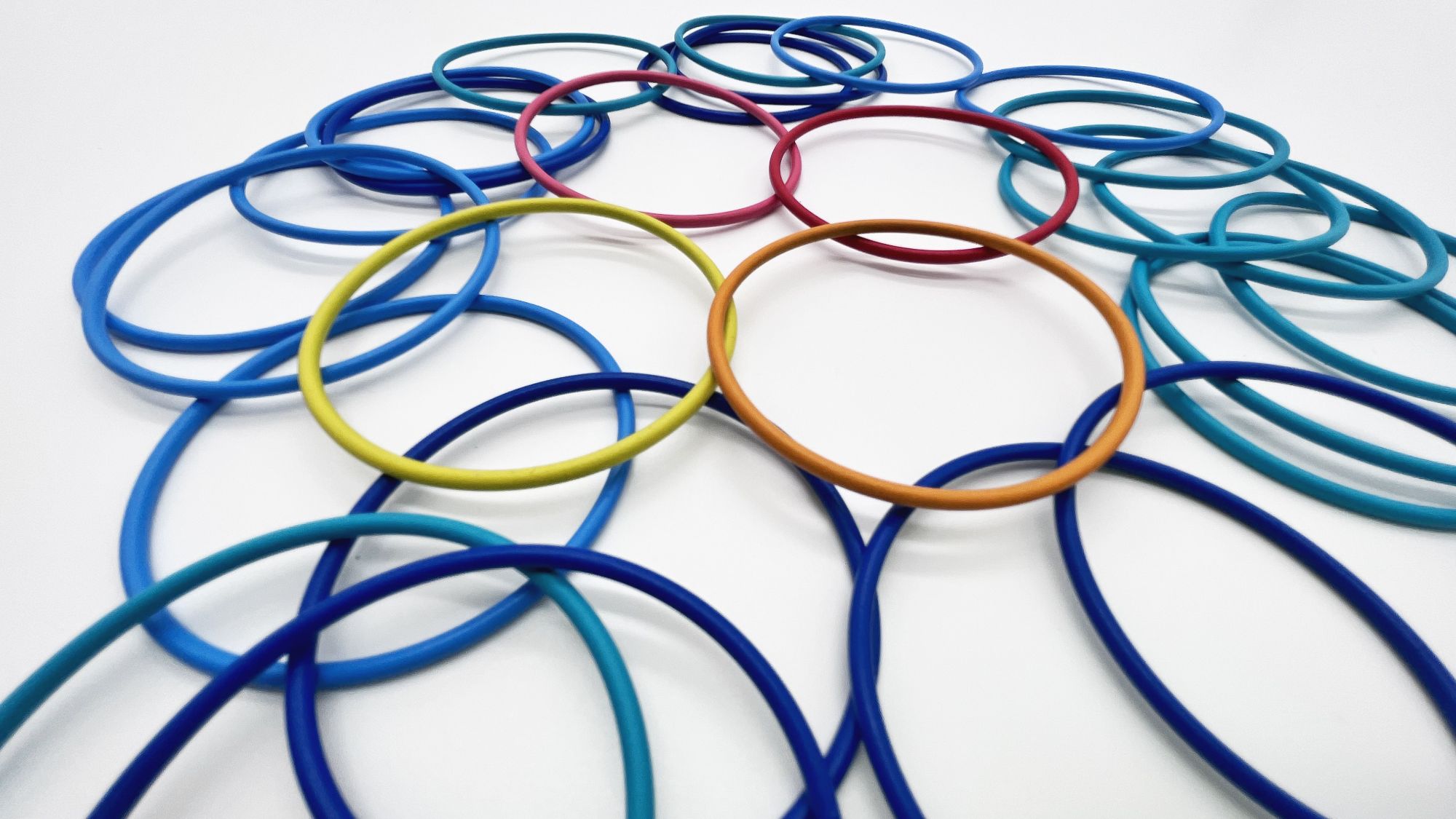
Chromex also provides a wide range of standard encapsulated Orings. FKM-FEP or MVQ-FEP Orings are mainly used in the chemical-, pharmaceutical- and food industries. These Orings are surrounded by a FEP envelope improving their resistance to corrosive chemical products, their thermal resistance coupled with a low friction coefficient.
Moreover, we can provide you with French machined Orings, produced at TECHNE, our head office according to your needs. This process of precision machining enables Chromex to offer Orings in polyurethane (PU), in polytetrafluoroethylene (PTFE) or in rubber if you have an urgent need.
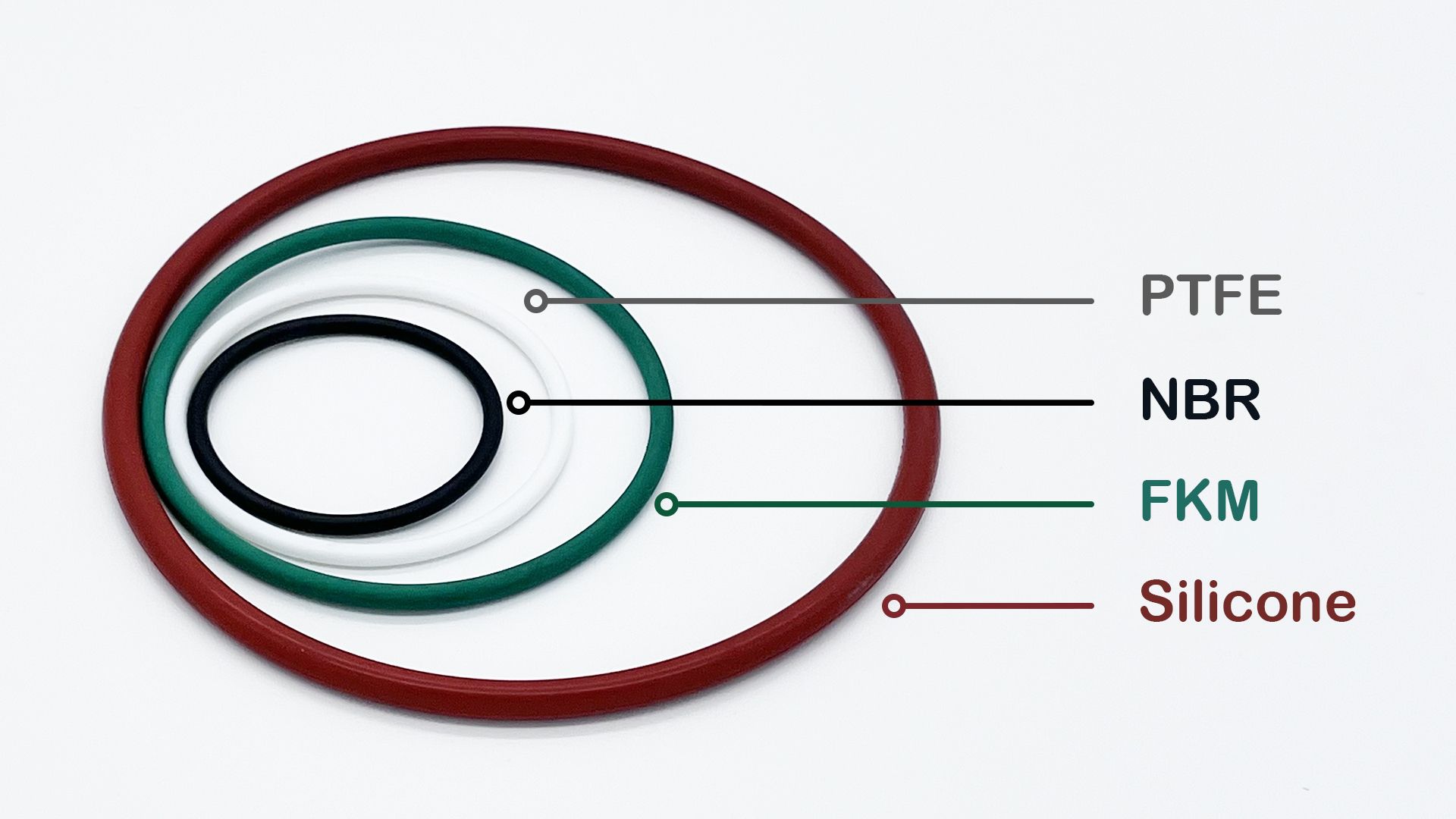
Various types of static seals (JT4 or Xrings and ropes)
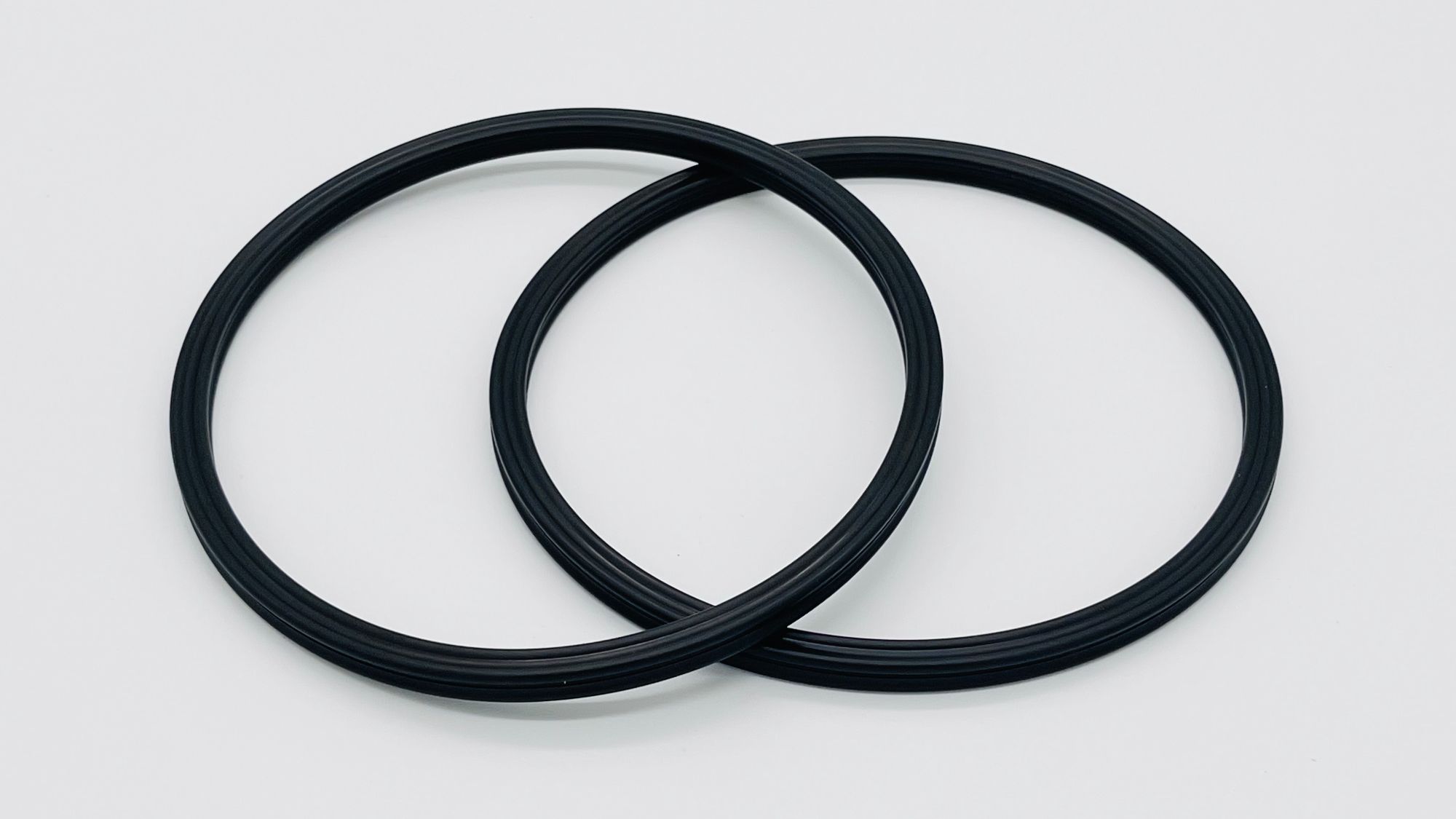
Chromex’s Know-How is not confined solely to Orings in the static sealing field.
Chromex also benefits from a standardised range of X-Ring (JT4) in NBR, EPDM and FKM: these are quatrefoil seals used in linear translation applications, also known as Quad-Rings™. The shape of Xrings (JT4) is similar to 4 tangent Orings. This type of shape has low resistance to frictions. X-rings are four lobed seals avoiding the twisting or rolling that can affect Orings.
Chromex can provide you with a wide range of rubber rope rolls, such as EPDM, FKM, MVQ and NBR rope rolls. Rubber rope roll can be cut depending on the required size to ensure sealing of huge flanges. Chromex sells O-ring rope rolls according to the standard sealing market packaging.
